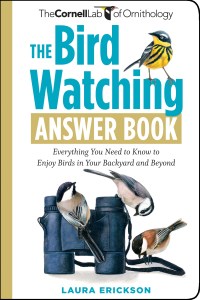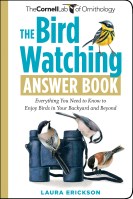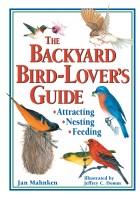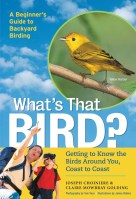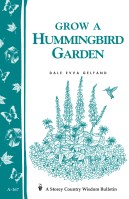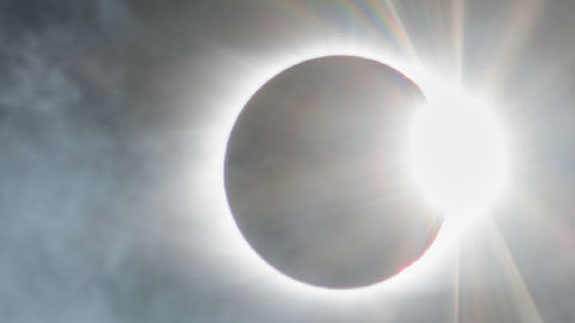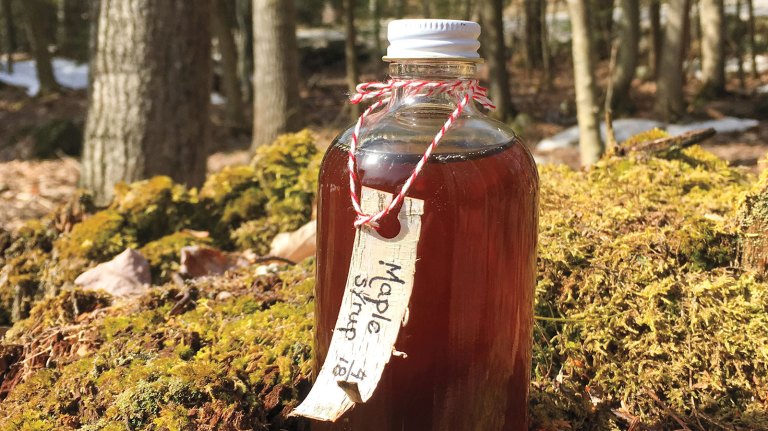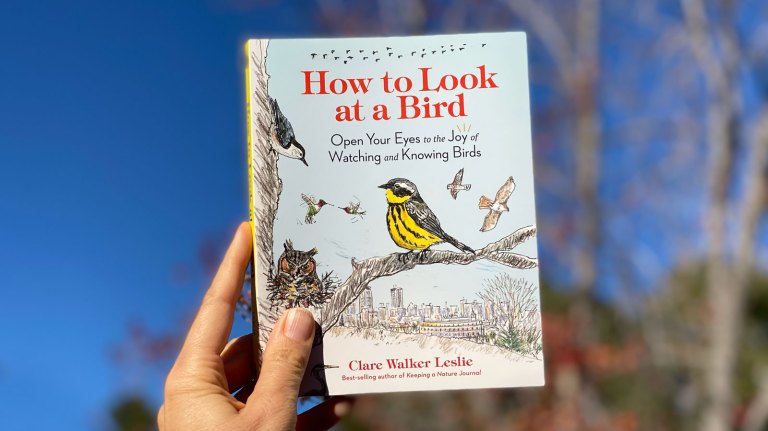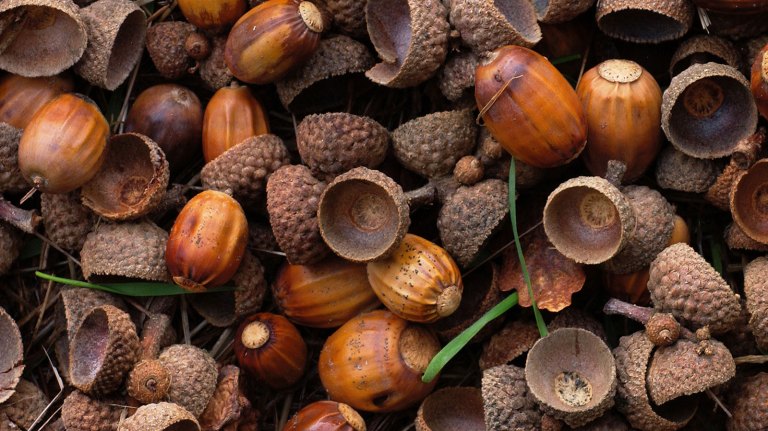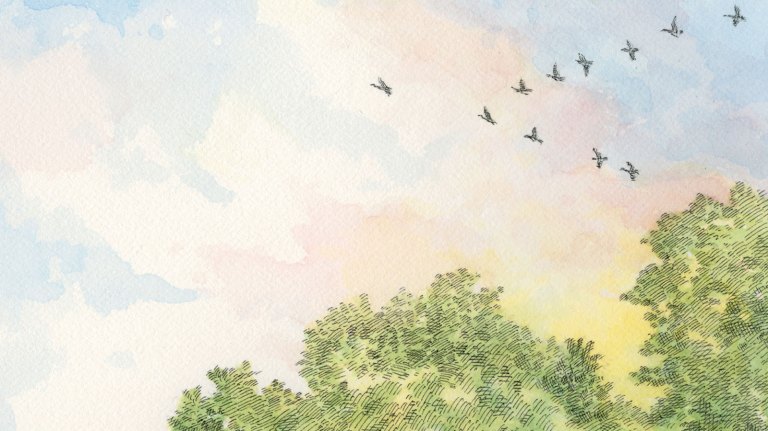Into the Hummingbird Nest
From feeders to spiders (yes, spiders), make your yard a welcoming place for the whole hummingbird clan.
This time of year, hummingbirds are a highlight of backyards and gardens, darting furiously from feeder to flower. Colorful and feisty, these feathered pollinators are tiny dynamos, known to dive-bomb Bald Eagles, which weigh 1,600 times as much as they do.
Here are a few fun facts about hummingbird behavior beyond the feeder, and tips to keep these spritely visitors returning year after year.
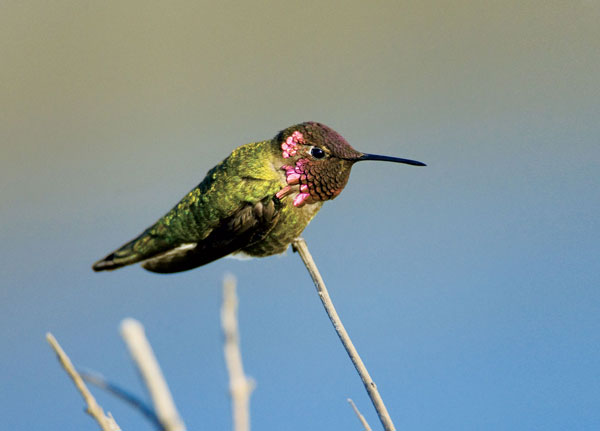
The Highs and Lows of Love
To entice females to mate, male hummingbirds perform conspicuous dive displays high in the air — soaring more than 100 feet, plunging toward the ground, pulling up and snapping their wings, singing buzzily all the time. They may repeat the entire display as many as 40 times in one bout.
Home Is Where the Sapsuckers and Spiders Are.
Though they may frequent your feeders, even the best feeding station will not entice hummingbirds to nest in your backyard. Two other elements seem most desirable: the presence of a sapsucker, and an abundance of spiders. Sapsuckers are woodpeckers that drill holes in hardwood trees. In early spring, those holes fill with sugary sap and attract insects, both essential food sources for hummingbirds arriving on their breeding grounds.
Hummingbirds construct their nest from bits of lichens, mosses, thistle and dandelion down, and sometimes pine resin, woven together with spider silk. The sticky gossamer binds the nest to the supporting branch and camouflaging vegetation. Spider silk is also extraordinarily stretchy. As nestlings feather out, the nest must stretch to fit the chicks’ growing bodies. They’ll be almost as large as their mother before they leave the nest!
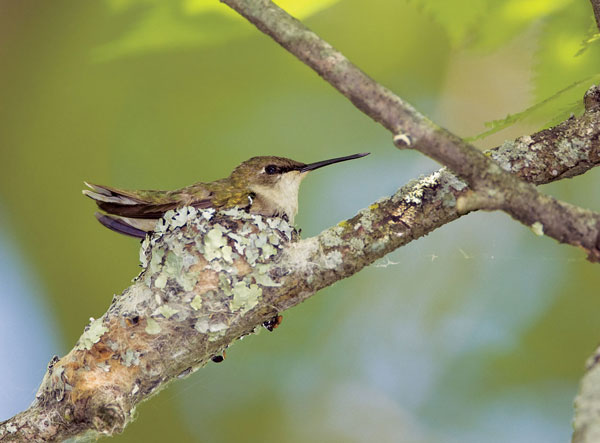
Nest Peeping
To find the hidden nests of Ruby-throated and Rufous Hummingbirds, watch where females fly when they leave your feeder during the nesting season, and try to follow them. The female ruby-throat usually builds the nest on top of a branch 10 to 40 feet above ground; near human habitation, hummingbird nests have been found on loops of chain, wire, or electric cords. The nests of Anna’s Hummingbirds are much easier to find, often built in areas of high human activity, probably due to their dependence on feeders and ornamental plants during the nesting season and to the high human population along the Pacific coast.
Not Just Nectar
The female feeds her nestlings a slurry of nectar, semi-digested tiny insects, and spiders via regurgitation, pumping gently and slowly at first but more vigorously as the chicks grow. When the nestlings are 15 to 16 days old, she starts bringing them small insects, holding them between her upper and lower bill. Insects provide a necessary source of protein while the young are growing.
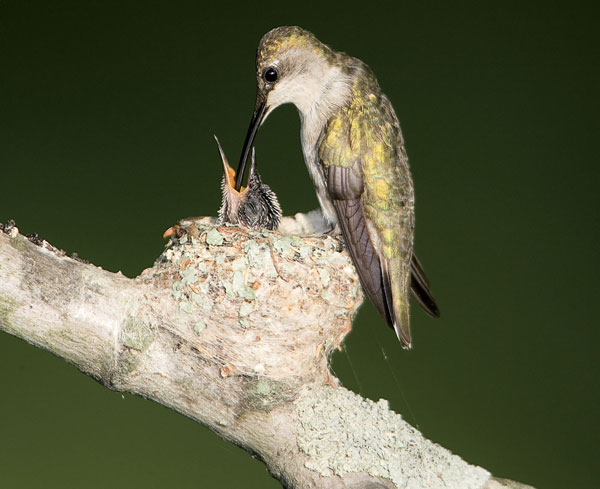
Dos and Don’ts for Feeding Hummingbirds
- Do make hummingbird food with table sugar. Don’t use honey. Honey is more natural than processed sugar, and so some people assume it’s more nutritious. But honey fosters rapid bacterial and fungal growth. Always use regular processed sugar in your hummingbird feeder.
- Don’t add red food coloring. Hummingbirds are attracted to the color red, but food coloring adds no nutritional value and is harmful to hummingbirds. Attract hummingbirds by choosing a feeder with bright red parts.
- Do boil your sugar solution if you plan to store larger batches in the refrigerator in between replenishing feeders. If you use clean containers for measuring, use the sugar solution immediately, and change the solution every two or three days, boiling is not necessary.
- To make a sugar solution, mix ¼ cup of sugar per cup of water, a good ratio especially during hot, dry conditions when hummingbirds may be somewhat dehydrated. During cold, wet periods you can strengthen the mixture, especially during spring and fall migrations, to ⅓ cup of sugar per cup of water.
HUMMINGBIRD FACTS TEXT AND PHOTOS EXCERPTED FROM INTO THE NEST © 2015 BY LAURA ERICKSON AND MARIE READ. ALL RIGHTS RESERVED. FEEDING HUMMINGBIRDS TEXT EXCERPTED AND ADAPTED FROM THE BIRD WATCHING ANSWER BOOK BY LAURA ERICKSON © 2009 BY CORNELL UNIVERSITY. ALL RIGHTS RESERVED.
See the intimate lives of birds as never before! Laura Erikson and Marie Read document the family lives of more than 50 common North American birds through breathtaking close-up photography. Stunning images of hummingbirds, owls, tanagers, and more showcase different stages of avian development and capture the loving bond that exists within each bird family. Bird enthusiasts of all feathers will cherish these beautiful images of courting, nest construction, eggs, nestlings, feeding time, and much more.

